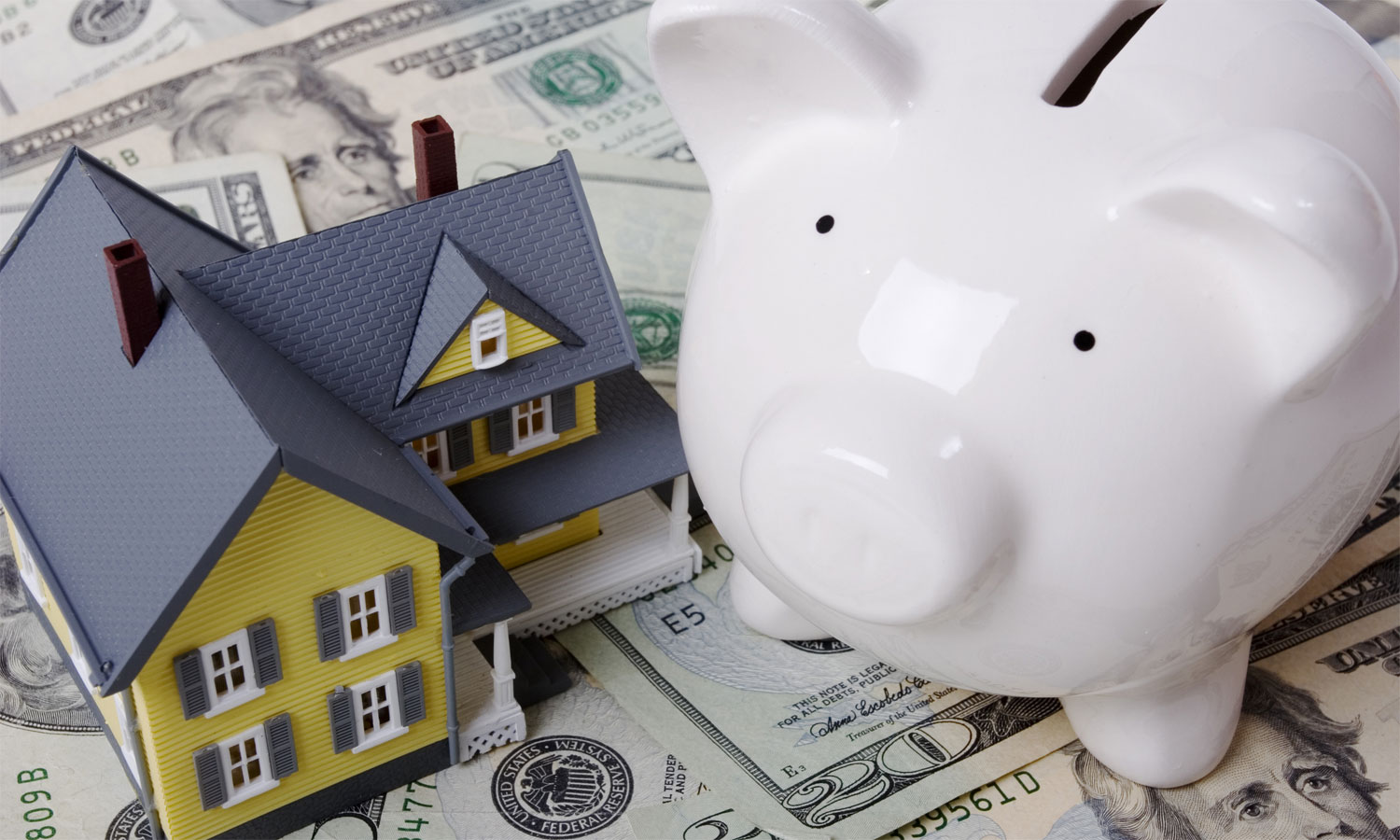Top 10 Ways to Save Money on Buying a Home

Who doesn’t long for a space they can call their own? Homeownership is considered one of the most significant milestones in any person’s life. But for many, this is merely wishful thinking as they lack the knowledge to buy a home. Purchasing a home for oneself is not as easy as it may seem. There are several parameters that one needs to consider before embarking on this investment.
The Significance of Research Before Buying a Home
Many people invest their lifelong savings into building a house of their own. One’s hard-earned money, accumulated over the years, goes into this endeavor. So, it is evident that one needs to conduct a substantial amount of research before buying a home. Proper knowledge can help one make informed decisions and streamline the process.
However, it is also true that not everyone can afford a home. Many end up living their entire lives in rented spaces. As mentioned above, a guided approach to acquiring or buying a home can help one save money when purchasing a home. Even people with enough capital to buy a house can make mistakes and may get tricked into paying extra, leading to various other problems.
10 Ways to Save Money While Buying a Home
So, let us explore ways by which one can save money when buying a home. This may seem too good to be true, but it is achievable. If one keeps these pointers in mind, they can save a substantial amount of money when purchasing a house.
- Patience is the key.
- Compare prices both online and offline.
- Decide on the property type.
- Curate your buying strategy.
- Make a hefty down payment.
- Compare home loan interest rates.
- Save on taxes.
- Pay for the carpet area only.
- Avoid freebies.
- Bypass unnecessary amenities.
1. Patience is key
When buying a home, waiting for the right time is essential. Having some patience in the beginning can come in handy. Any buyer must not pounce on the first opportunity but wait for the market to align with their needs. Real estate prices come down during the recession period.
So, do not invest in any property when the market is at its highest. The prices of homes and other properties come down by over 10% to 15% during a recession. So, it is always wise to wait for this cyclical market change.
But not everyone has proper knowledge about market trends. In such a situation, one can seek the help of an agent and acquire the required knowledge. It is always good to do your research before jumping into buying anything.
One can also look for distressed sellers desperate to sell their homes. In such a case, the possibility of getting a house at a comparatively lower rate is highly probable.
So, it can be handy to wait for the market to be at its lowest and acquire the prerequisite knowledge about market trends when buying a home.
2. Compare prices both online and offline
With the advent of the internet, we have been blessed with a plethora of information about anything and everything. The internet can come in handy when looking for the best prices for any given property. One can also get information about current market trends and future trends as well.
Those who do not like relying on online information can compare prices via offline and online media. It is always wise to take advantage of both online and offline media to make a fruitful decision.
3. Decide on the type of property
The real estate market has two types of properties: ready-to-buy and under construction. Going for an under-construction property is always advisable as it costs over 25% less than a ready-to-buy property.
Also, one must always compare the taxes levied on these property types. But these types have their pros and cons. The finished property comes at higher prices as they are handed to the buyers faster. So, gauge your priorities and then choose the best-suited property of your liking.
4. Curate your buying strategy
Curating your buying strategy is very important. There are two buying strategies: a construction-linked plan and a subvention plan.
In a construction-linked approach, the buyer pays over 5% to 10% of the property’s price at the time of booking, followed by paying over 10% in the next three months. Then the buyer pays 20% in the coming six months. The remaining 60% to 70% is produced as the construction progresses.
While in the subvention plan, the buyer takes a loan for 60% to 70% of the amount and keeps paying installments until getting possession.
5. Make a hefty down payment
Making a hefty down payment when buying a property is always advisable. Try paying over 40% of the amount as the down payment. This can be followed by taking a loan for the remaining amount. This will save a buyer from paying extra money in the form of interest on the loan amount. This is one of the most ingenious tricks in the book.
6. Compare home loan interest rates
Most of us opt for a home loan before buying a house. In the past, people used to wait until retirement to build a house because taking a loan was not as prevalent. However, this trend has changed, and obtaining a home loan has become more accessible.
Numerous private and public banks are eager to offer home loans. However, home loans come with hefty interest rates. Therefore, buyers must always compare home loan interest rates before choosing a bank. This requires thorough research.
Often, a builder has a tie-up with a particular bank and insists on taking a loan from that bank. In such cases, exercise caution, as you may end up paying a significant amount of interest. It is always better to choose your bank. Another point to note is that one should always secure a loan at the current interest rate.
7. Save on taxes
Buying a property has several advantages. One of the primary benefits of buying a property with a loan is that the buyer can save significantly on taxes. Getting tax rebates on home loans is a common practice, and many people deliberately take home loans to reduce their tax liability.
If a person owns one home, they are exempt from paying taxes. However, if someone owns more than one house, taxes are levied. Nevertheless, one can always claim deductions on municipal taxes.
8. Pay for carpet area only
With knowledge of the carpet area as a prerequisite, a buyer can save up to 5% on the carpet area. In several instances, builders deceive buyers by increasing balcony space instead of the promised carpet area. It is essential to be aware of this tactic and ensure that the promised carpet area exists.
9. Avoid freebies
Buyers must also resist the temptation of freebies. Freebies may appear attractive on the surface, but they can ultimately drain your finances. It is advisable to negotiate cash rebates instead. A cash discount can provide significant relief for homebuyers. So, persuade your builder to offer you a cash discount instead.
10. Bypass unnecessary amenities
Avoid purchasing a house with unnecessary amenities such as in-house restaurants, gyms, swimming pools, gardens, clubhouses, etc. These features can substantially increase the overall property price. Branded developers also tend to charge higher fees than non-branded ones.
Therefore, try to find developers that offer quality properties without excessive frills. We do not need all these extra expenses. Seek a property that is practical and reasonably priced.
Conclusion
This reading offers in-depth insights into the dos and don’ts of buying a home. By following these steps, you can make a wise purchase without overspending on less essential aspects.
While this process may seem complex initially, with thorough research and a methodical approach, you can save a significant amount. This article covers everything from searching for your ideal home to taking steps to reduce tax expenses. Dive into these guidelines to gain valuable insights into this matter.
Purchasing a home is a dream for many, and achieving it requires hard work and accumulating knowledge. These steps will help you minimize the risk of overspending when buying a home. Keep these pointers in mind, and you can turn your significant purchase into a reality.












